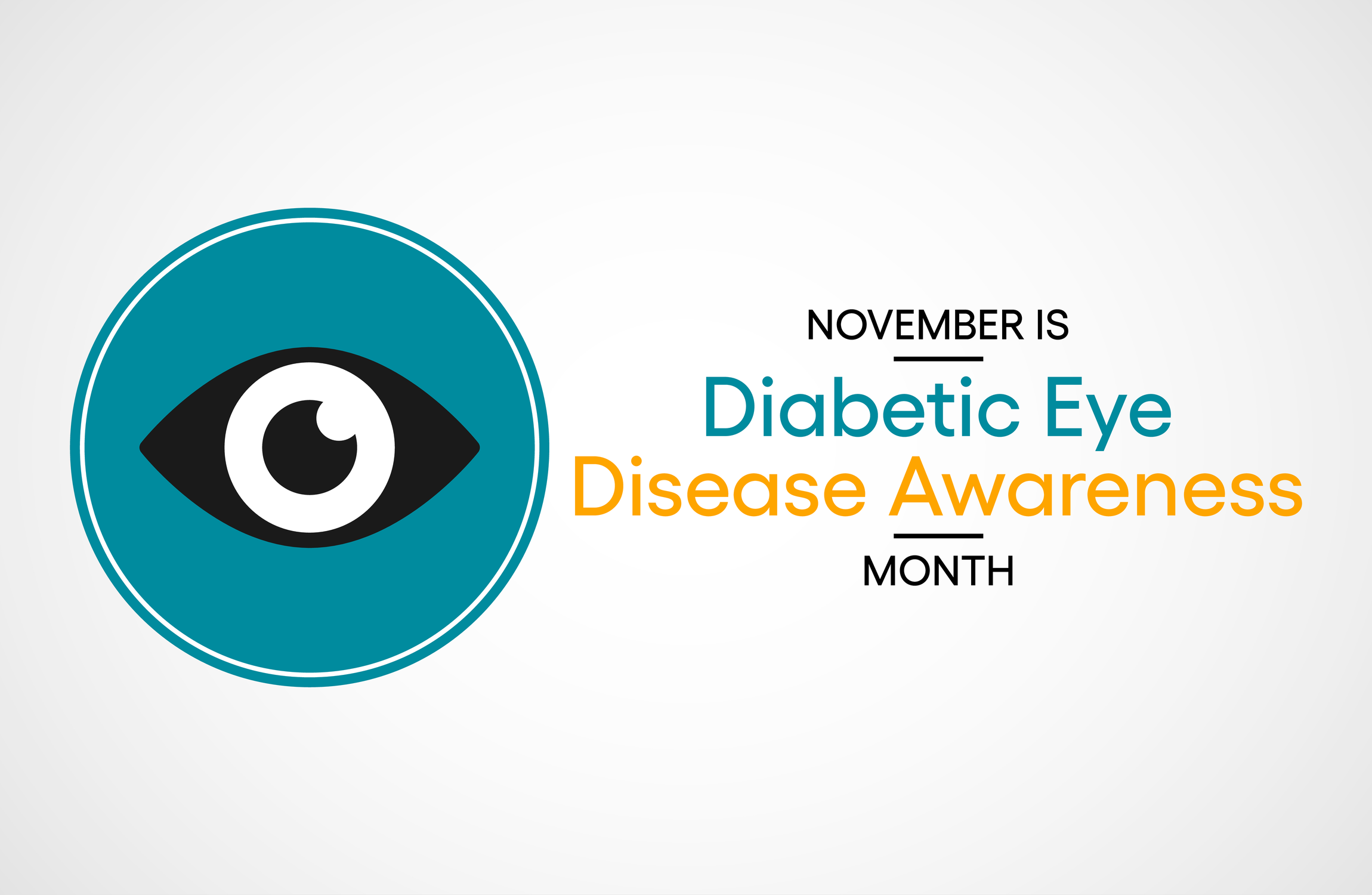
According to eye experts, diabetes is the primary cause of vision loss among adults. All people who have diabetes have a high risk of developing eye disease and the ensuing vision loss. Older adults are especially at risk of developing the disease.
November is Diabetic Eye Disease Month. This is a time set aside to increase people’s awareness of diabetic eye disease. Individuals with diabetes should be aware of and seek treatment for eye problems associated with the disease. There are several things that you need to know about diabetic eye disease.
Diabetic Eye Disease
The most common eye disease among people with the condition is diabetic retinopathy. It is the principal cause of low vision and blindness in adults. The condition damages the retina. This is the tissue lining the inner eye surface that is light-sensitive.
The nerve cells found in the thin retina convert light to electrical impulses. The impulses get to the brain through the help of the optic nerve. The brain then interprets the impulses into visual images. Injury to the blood vessels that feed the retina nerve and tissue cells causes diabetic retinopathy.
Diabetic Retinopathy
Diabetic retinopathy occurs in different stages. The early stage is mild non-proliferative retinopathy, where small parts of swelling occur on the retina. The next stage is moderate non-proliferative retinopathy, where some of the blood vessels develop blockages.
Severe non-proliferative retinopathy is the stage where additional blood vessels are blocked, disrupting the supply of blood to the retina. This sends a signal to develop new vessels. Proliferative diabetic retinopathy is the advanced stage where new abnormal blood vessels proliferate or grow inside the retina.
Proliferative Diabetic Retinopathy
This is the advanced and most serious stage of the condition. The condition affects one in 20 people who are suffering from the disease. At this stage, additional blood vessels grow in the retina at a rapid rate. New tissue and cells are produced in the retina, and the vitreous or transparent gel fills up the eye's interior.
The additional vessels are abnormal and prone to rupturing and bleeding. This causes blood loss in the vitreous or retina that can result in scar tissue. The tissue can cause further harm to the retina, such as retinal detachment.
Diabetic Macular Edema (DME)
This is a condition that occurs in people who have diabetes. The disease is characterized by blood vessels in the retina leaking inside the
macula. The macula is responsible for accurate central vision.
The leakages cause thickening and swelling of the macula, distorting the central vision. The progressive condition does not necessarily lead to blindness or vision loss, but it can lead to significant detail loss. DME can develop at any of the stages of this condition.
Diabetic Eye Examinations
Anyone with diabetes needs to get regular eye examinations. Diabetic eye exams are vital as they can help in the detection of eye diseases. People with type 2 diabetes should get the exams annually. An ophthalmologist performs a comprehensive exam that includes dilation, a health history, eye health evaluation, and visual acuity testing. The exam also includes visual field testing.
For more on diabetic eye diseases, visit Insight Eyecare at our office in Las Vegas, Nevada. You can call (702) 718-7163 or (702) 207-2222 today to schedule an appointment.








